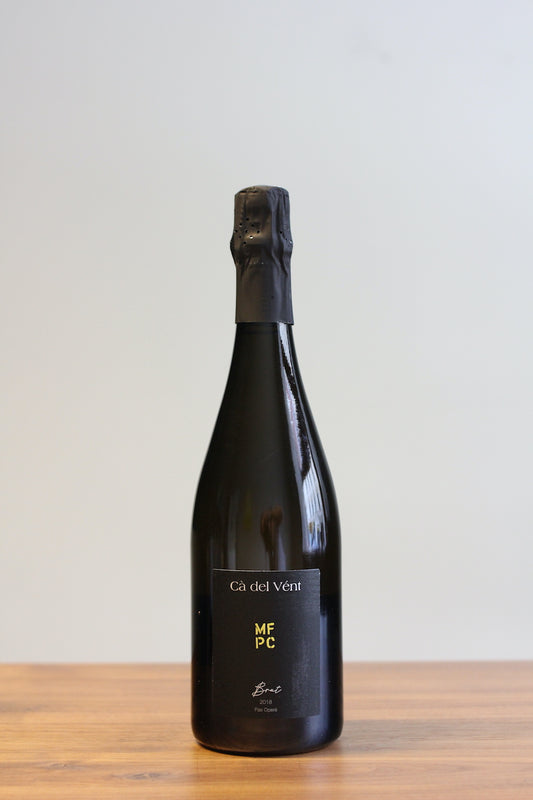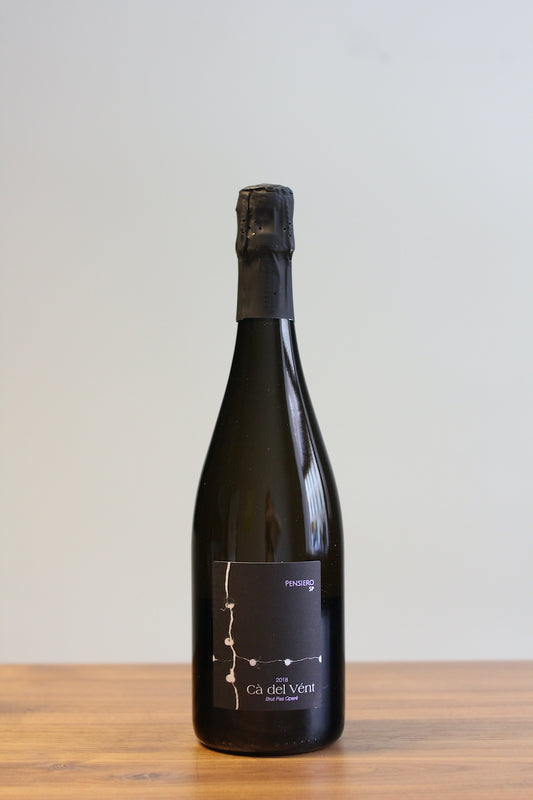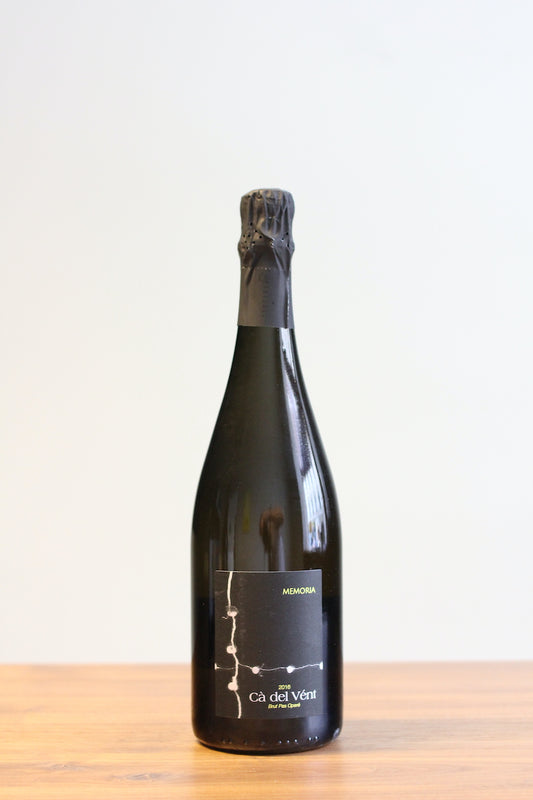Free shipping within Austria from € 99
Free shipping to Germany from € 120
Shipping costs within the EU
Payment methods
Lombardy
Part 1: Franciacorta
Franciacorta is Italy’s spumante capital. While in other parts of the country – be it Emilia with Lambrusco or Veneto with Prosecco – the focus is mainly on producing frizzante, the region around Brescia is committed to crafting sparkling wines with full pressure, which leads to a more intense and persistent mousse in the glass.
Spumante is generally regarded as the higher-quality category, which has earned Franciacorta – in our opinion, often quite undeservedly – the reputation as Italy’s metropolis for fine sparkling wine. In order to at least partially justify that status, the region has adopted strict production regulations, particularly concerning the winemaking process in the cellar. At the very least, these includes also a general herbicide ban for all DOCG wines (although – as so often in Italy – the best producers tend to operate outside the official classifications anyway).
The modern-day importance of Franciacorta, whose name traces back to the “Francae Curtes” – tax-exempt monasteries in the Middle Ages – only really emerged in the 1960s. In 1967, the region was granted DOC status, though initially only 11 wineries made use of it. The tradition of producing sparkling wine in the area, however, likely dates back to the 16th century – at a time when Champagne was still largely covered in grain fields. The most important document in this regard is the 1570 treatise "Libellus de vino mordaci" ("A Little Book on the Biting Wine") by Girolamo Conforti, a physician from Brescia who ascribed digestive and stimulating properties to sparkling wine when consumed in moderation.
Today, Franciacorta covers around 18,000 hectares, of which 2,800 are planted with vines. Four grape varieties are permitted for the production of these bottle-fermented sparkling wines, with a clear emphasis on Chardonnay and Pinot Nero, while Pinot Bianco and the local variety Erbamat play only a minor role. The region itself can be roughly divided into two completely contrasting zones: a western and a much more interesting eastern sector.
The western zone is shaped by the remnants of ancient glaciers. Geologically, this means the vines root mainly in clay, gravel, and sand, which typically results in soft, round wines. The fact that most wineries tend to dose their spumante to some extent – meaning they refill the space left after disgorgement not just with wine, but also with a sugar solution – further enhances this mellow impression.
The east, by contrast, is an entirely different story. While comparisons to Champagne still fall a bit short, there are producers here (Ca’ del Vent, Divella, Nicola Gatta) who could absolutely hold their own in such a match-up. This is not only due to their personal skill and distinctive winemaking signatures, but also thanks to chalk-rich soils, which at best lend the wines a remarkable sense of tension, minerality, precision, and verticality.
These qualities are further amplified in certain areas (especially around Cellatica, Gussago San Martino, and Rodengo Saiano) by greater diurnal temperature differences and the higher elevations of several vineyard sites. Monte Alto, for example – where part of Ca’ del Vent’s vineyards are located (the “house of the wind,” a name pointing to yet another key factor) – rises to an altitude of up to 450 meters. From there, it provides the base material for a series of spumante wines that stand among the finest sparkling wines we've ever tasted.





